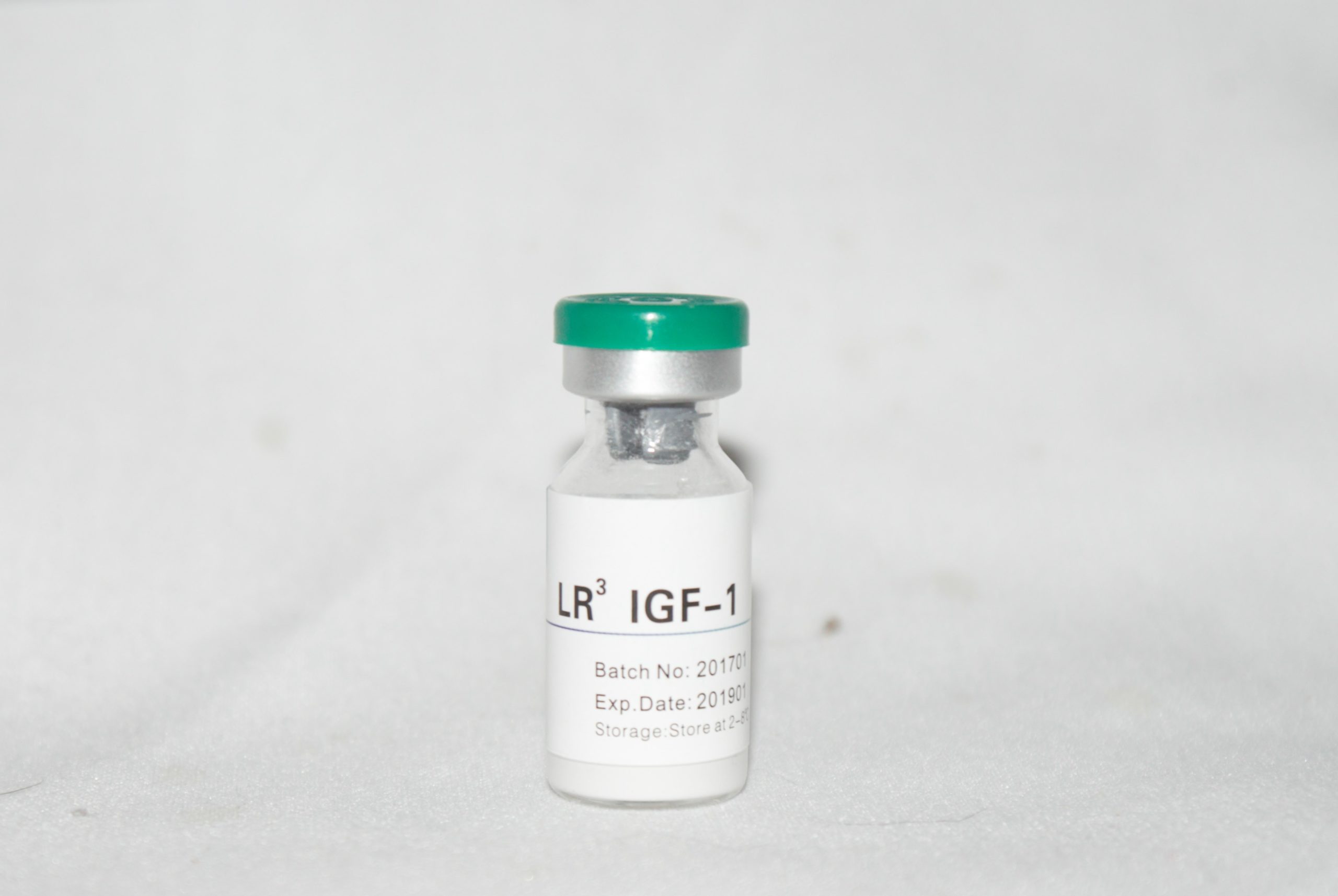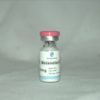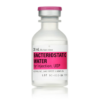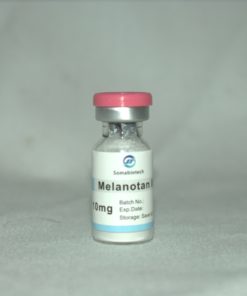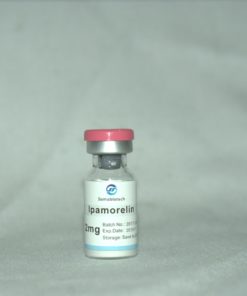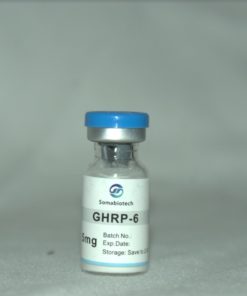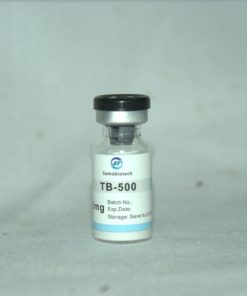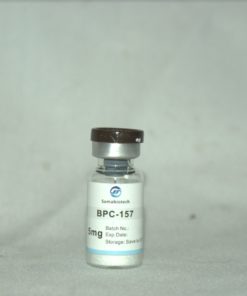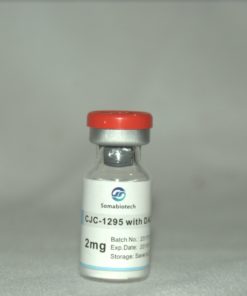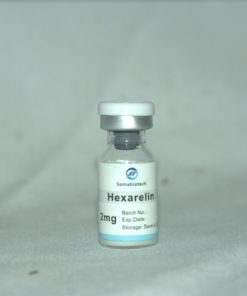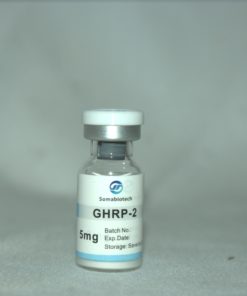IGF1-LR3 1mg
IGF1 LR3 allows for many of the growth-promoting effects of growth hormone insulin-like growth factors also know as IGF’s. IGF-1 LR3 comprises a family of peptides (protiens) that play important roles in mammalian growth and development. IGF1 LR3 is also known as Long R3 IGF-1 or Insulin-Like Growth Factor-I Long Arg3.
The Long R3 IGF-1 version is significantly more potent than regular IGF-1. The enhanced potency is due to the decreased binding of IGF1 LR3 to all known IGF binding proteins. These binding proteins normally inhibit the biological actions of IGF’s therefore IG-1 LR3 has been shown to have increased efficacy and function .
This IGF-1 LR3 analog of IGF-1 has been created with the purpose of increasing the biological activity of the IGF peptide.
IGF1 LR3 is also known as Long R3 IGF-1 or Insulin-Like Growth Factor-I Long Arg3. This is a human recombinant, single, non-glycosylated, polypeptide chain containing 83 amino acids and having a molecular mass of 9200 Daltons. IGF1 mediates many of the growth-promoting effects of growth hormone (GH; MIM 139250). The LR3 is a long-term analog of human IGF-1, specifically designed and manufactured for mammalian cell culture to support large-scale manufacturing of recombinant biopharmaceuticals. Early studies showed that growth hormone did not directly stimulate the incorporation of sulfate into cartilage, but rather acted through a serum factor, termed ‘sulfation factor,’ which later became known as ‘somatomedin’.
IGF-1 LR3 is the primary protein involved in responses of cells to growth hormone (GH): that is, IGF-I is produced in response to GH and then induces cellular activities. One such example is muscle growth or hyperplasia. This compound also makes the human body more sensitive to insulin. It is the most potent growth factor found in the human body. IGF-1 causes muscle cell hyperplasia, which is an actual splitting and forming of new muscle cells.
The most effective form of IGF-1 is considered to be IGF-1 LR3. This formula has been chemically altered to avoid binding to proteins in the human body, and to increase the half life, approximately 20-30 hours.
Dose and Use
IGF-1 LR3 plays an important part in childhood growth and continues to have results in adults. It is made in the human body and is at ideal levels during puberty. In most studies, the maximum active length for research studies IGF-1 LR3 is 50 days on also 20-40 days off. The most common range used during clinical research is typically between 20mcg to 120mcg per day.
During puberty, IGF is the most responsible for the natural muscle growth that occurs during these few years. There are many different things that IGF does in the human body; among the effects the most positive are increased amino acid transport to cells, increased glucose transport, increased protein synthesis, decreased protein degradation and increased RNA synthesis.
Perhaps the most interesting and potent effect IGF has on the human body is its ability to cause hyperplasia, which is an actual split-ting of cells.
In muscle cells, proteins and their cell components are stimulated. Protein synthesis is increased along with amino acid absorption. As a source of energy, IGF-1 mobilizes fat for use as energy in adipose tissue. In lean tissue, IGF prevents insulin from transporting glucose across cell membranes. As a result, the cells have to switch to burning off fat as a source of energy.
| Weight | 2 oz |
|---|
Related products
Peptides
Peptides
Peptides
Peptides
Peptides
Peptides
Peptides
Peptides

